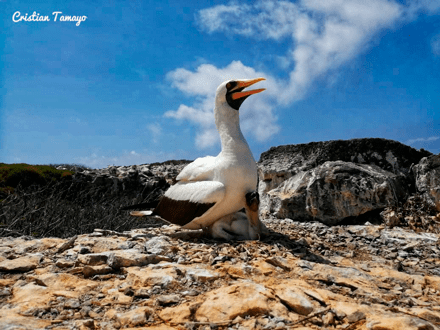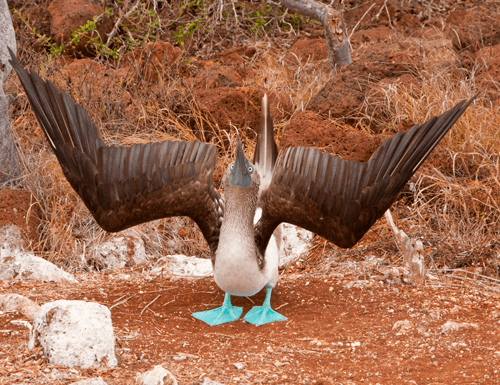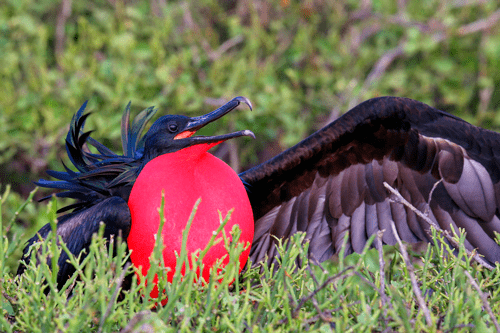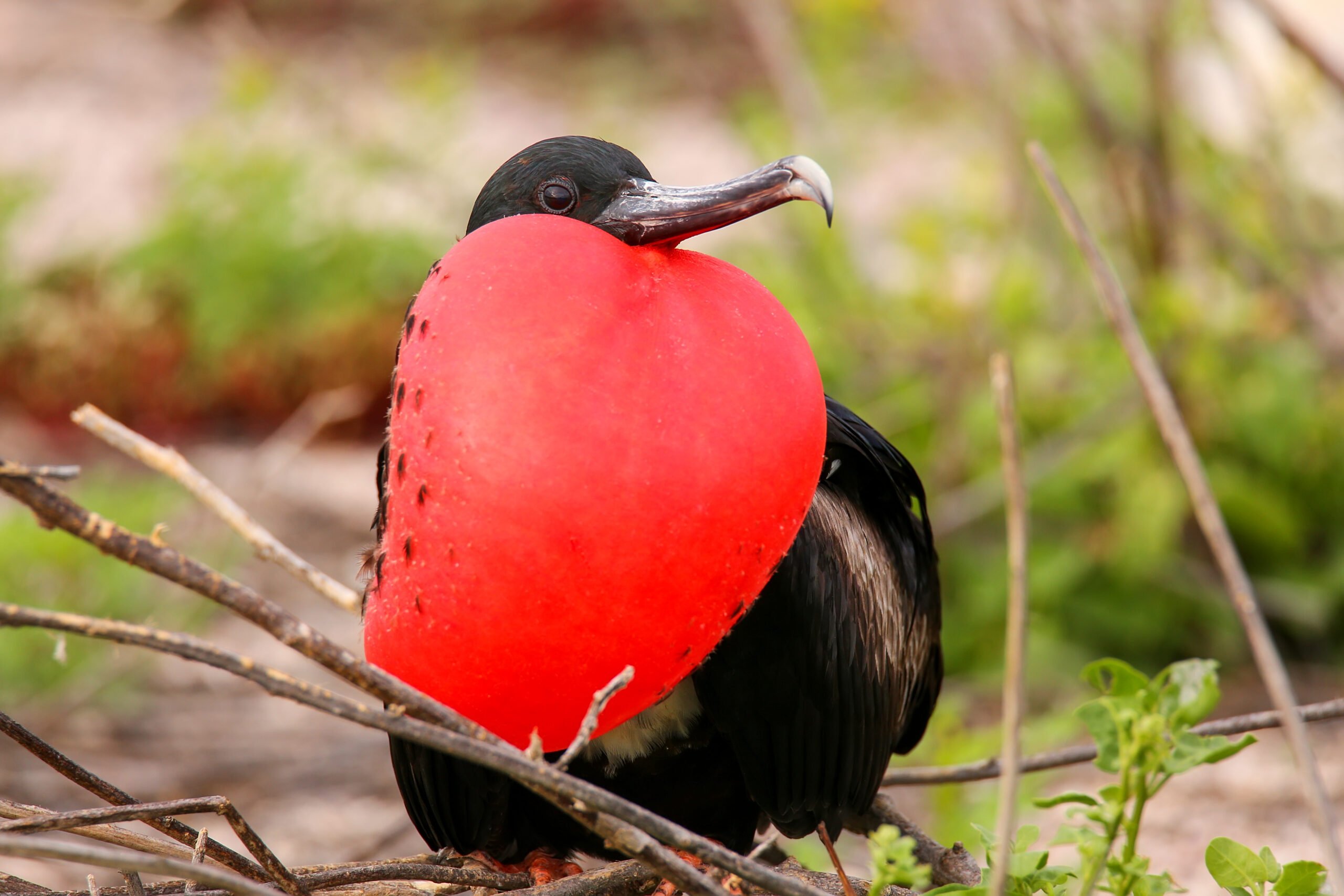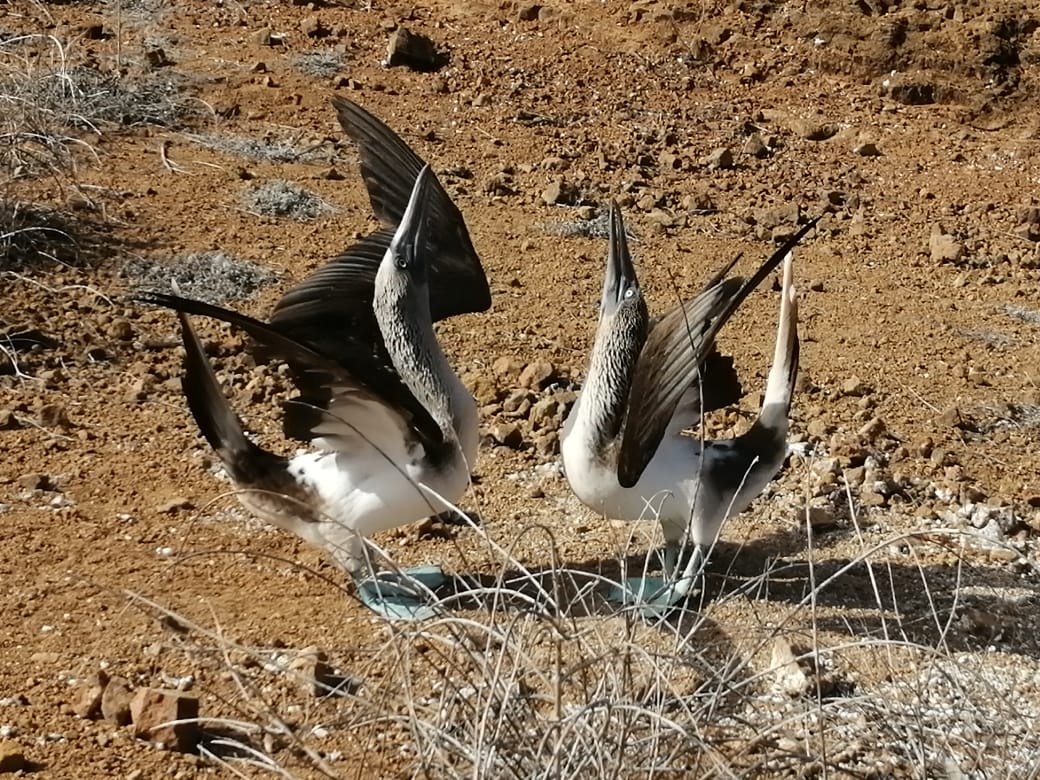NORTH SEYMOUR
North Seymour is located to the north of Baltra Island, and it takes about an hour of navigation from the Itabaca channel to reach there. This island was formed due to tectonic activity that occurred over millions of years, resulting in intermittent rises of an underwater lava formation that accumulated layers of sediments, eventually reaching its current level.
North Seymour has served as a sanctuary for land iguanas. In the years 1932 and 1933, around 72 land iguanas from Baltra Island were brought to North Seymour by Captain Alan Hancock and his crew. This action was necessary because Baltra Island was inhabited by goats that posed a threat to the survival of these iguanas. By 1934, it was observed that the iguanas successfully adapted to their new habitat. Unfortunately, the land iguanas that remained on Baltra Island later vanished as the United States occupied the island during World War II to establish a military base, leading to significant alterations in the iguanas’ natural environment. However, thanks to the captive breeding and conservation program conducted by the Charles Darwin Station, the population of this species was increased, and some were reintroduced to Seymour Island.
This island is renowned for its abundant wildlife. It is a paradise where visitors can witness birds during their courtship, mating, and nesting seasons, depending on the time of year. The vegetation on the island is shrubby, featuring plants such as Leatherleaf, Salt Bush, Yellow Cordia, and the Galapagos Incense Tree. Among the remarkable fauna found here are the Yellow Warbler, Galápagos Mockingbird, Magnificent Frigatebird, Great Frigatebird, Swallow-tailed Gull, Marine Iguana, Land Iguana, Galápagos Sea Lion, and Blue-footed Boobie.

